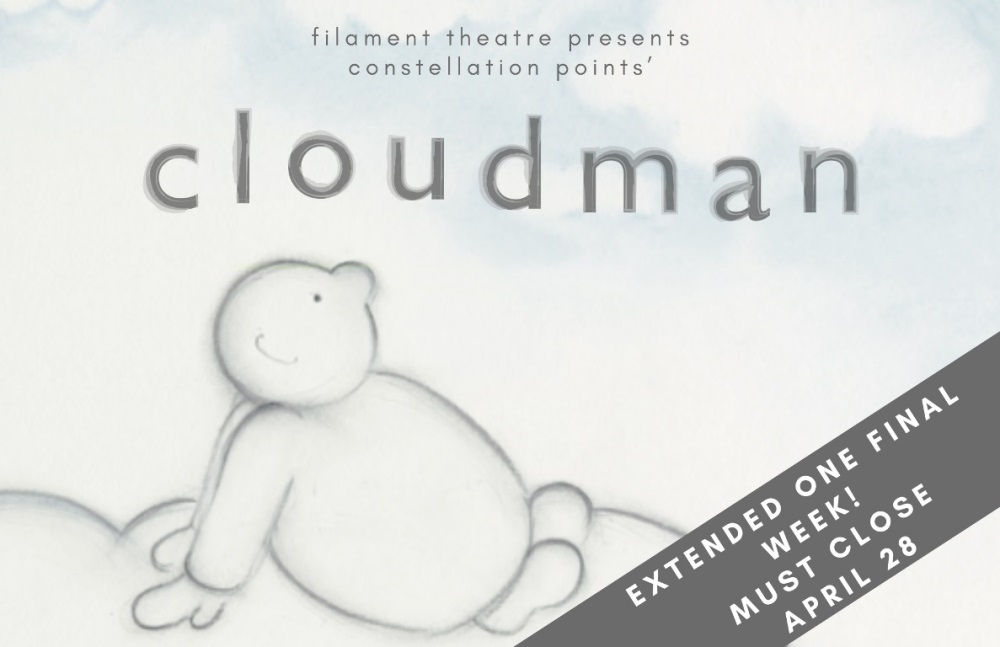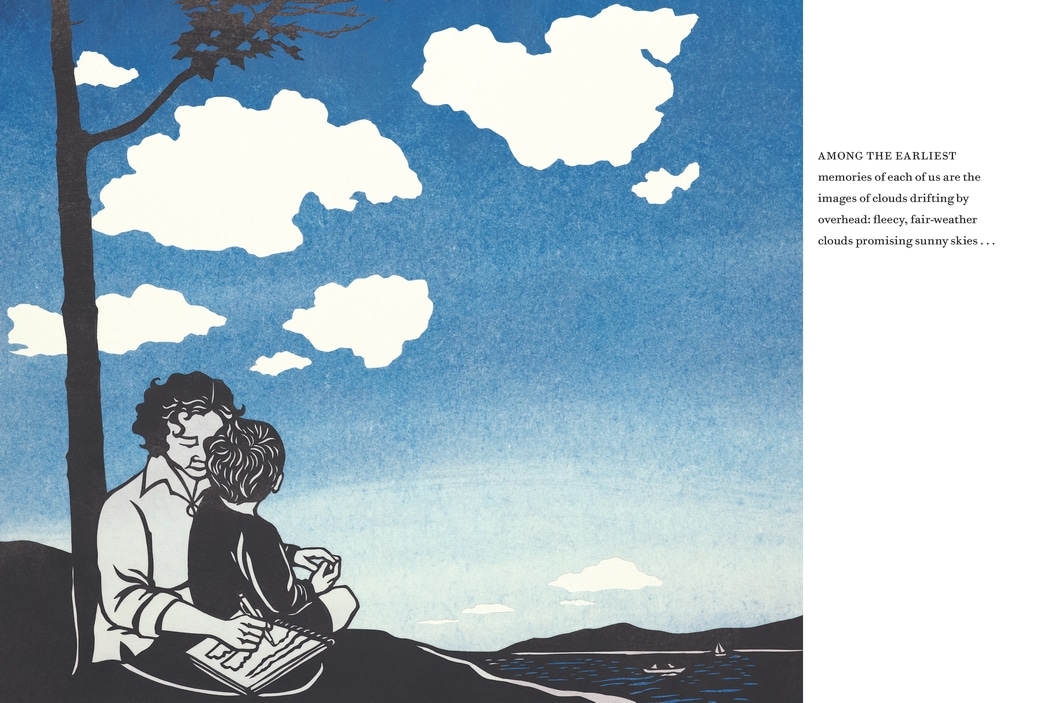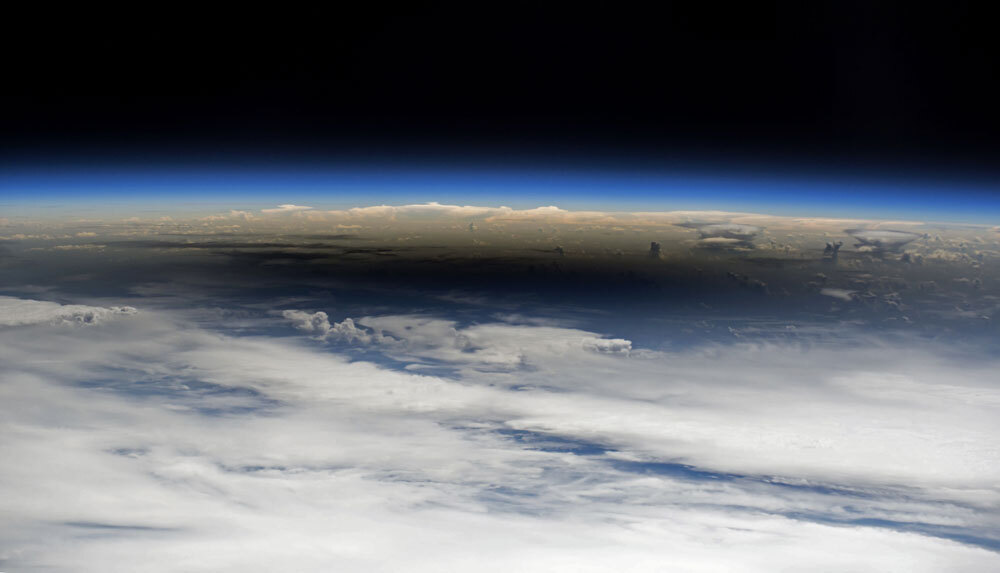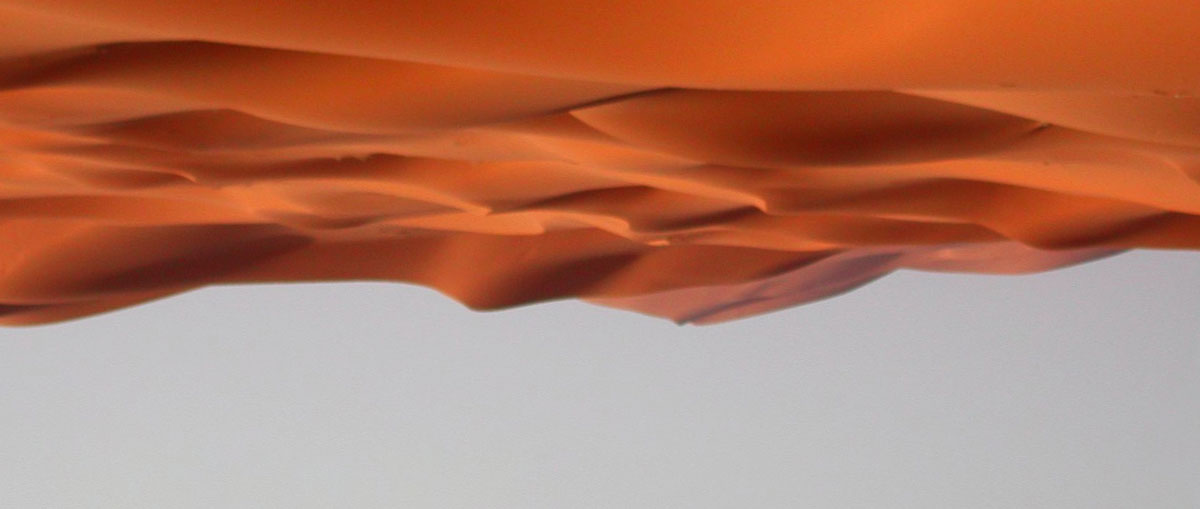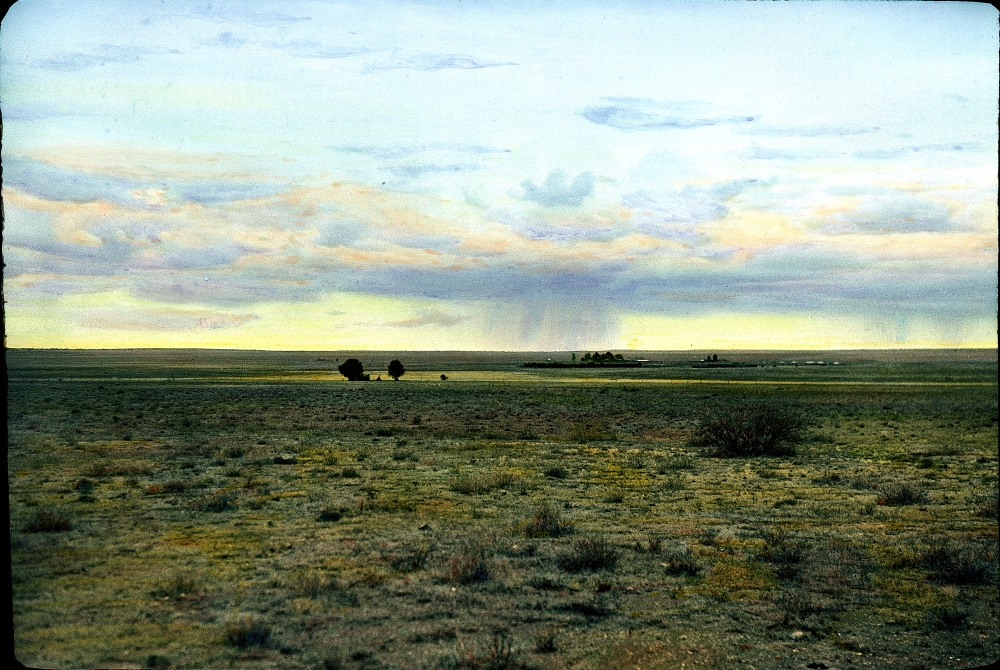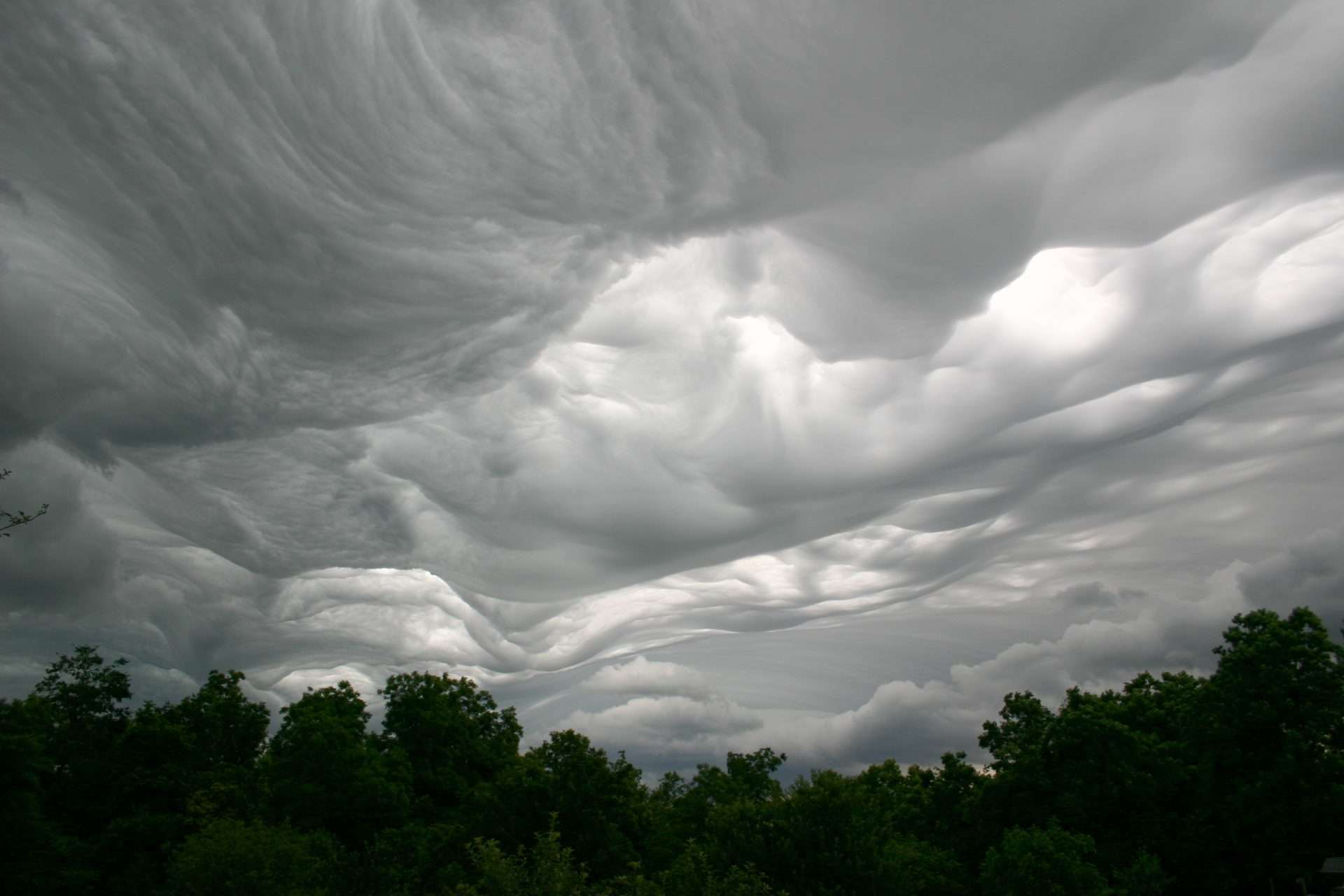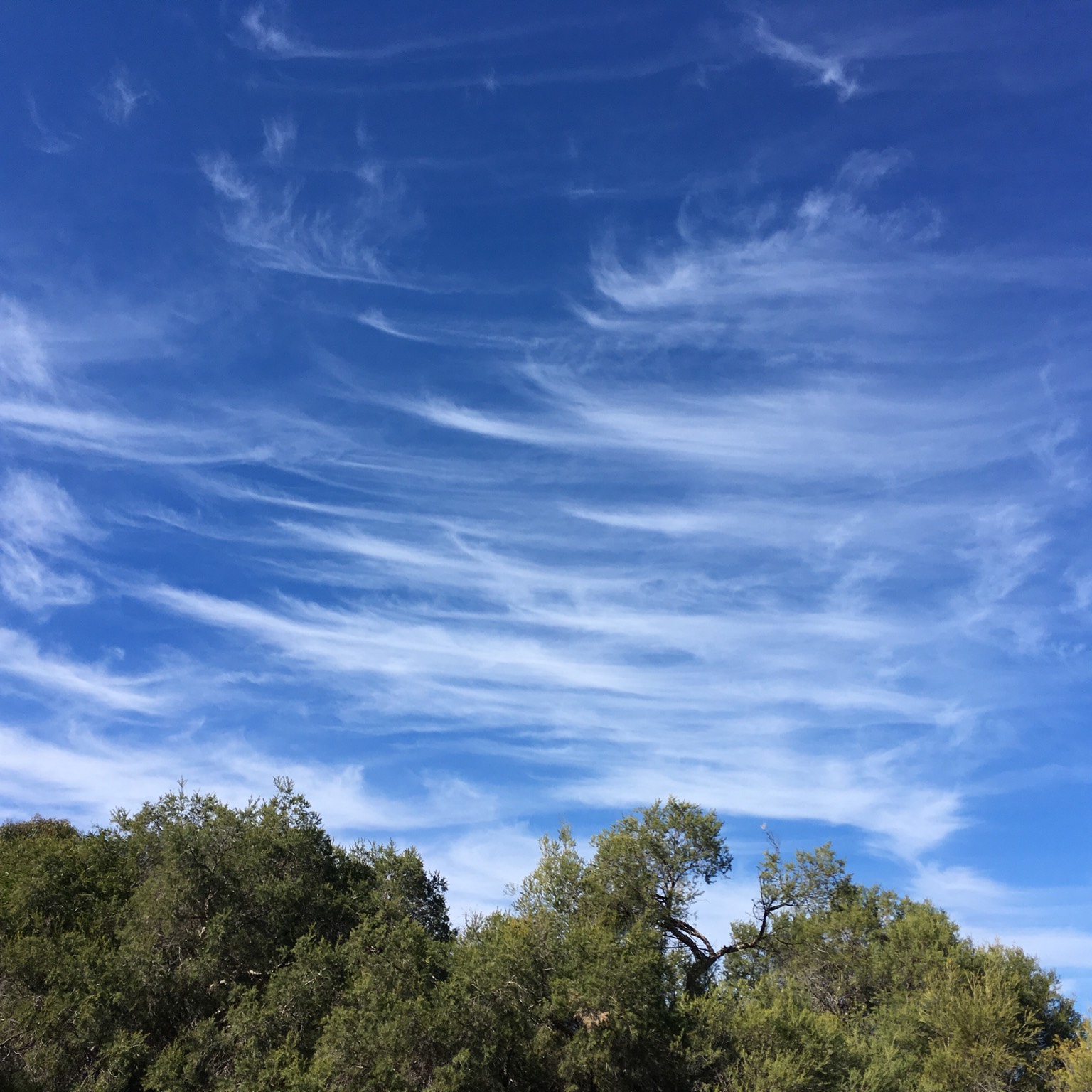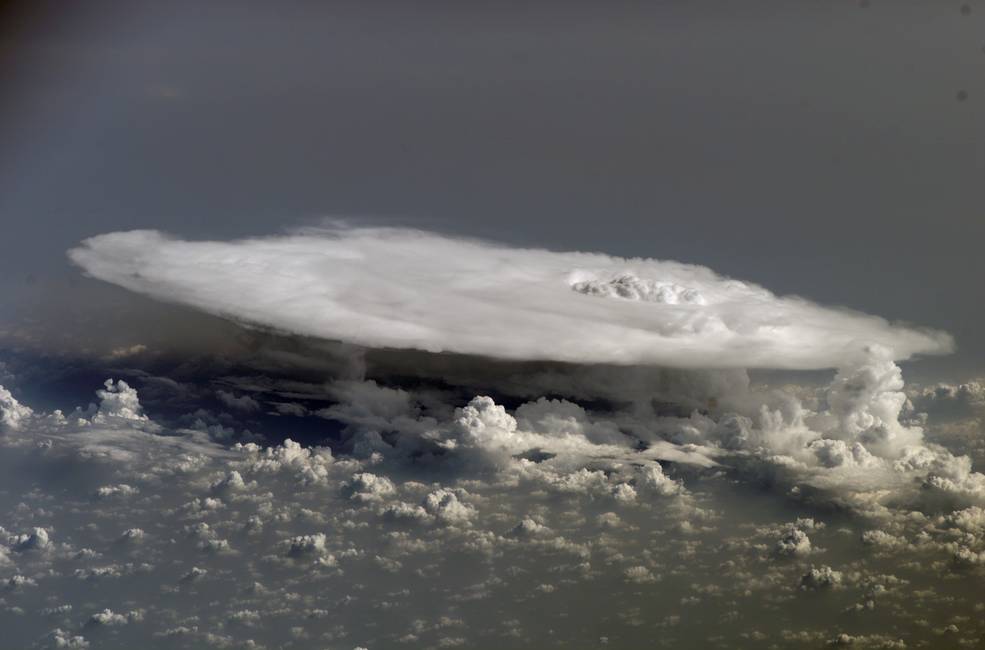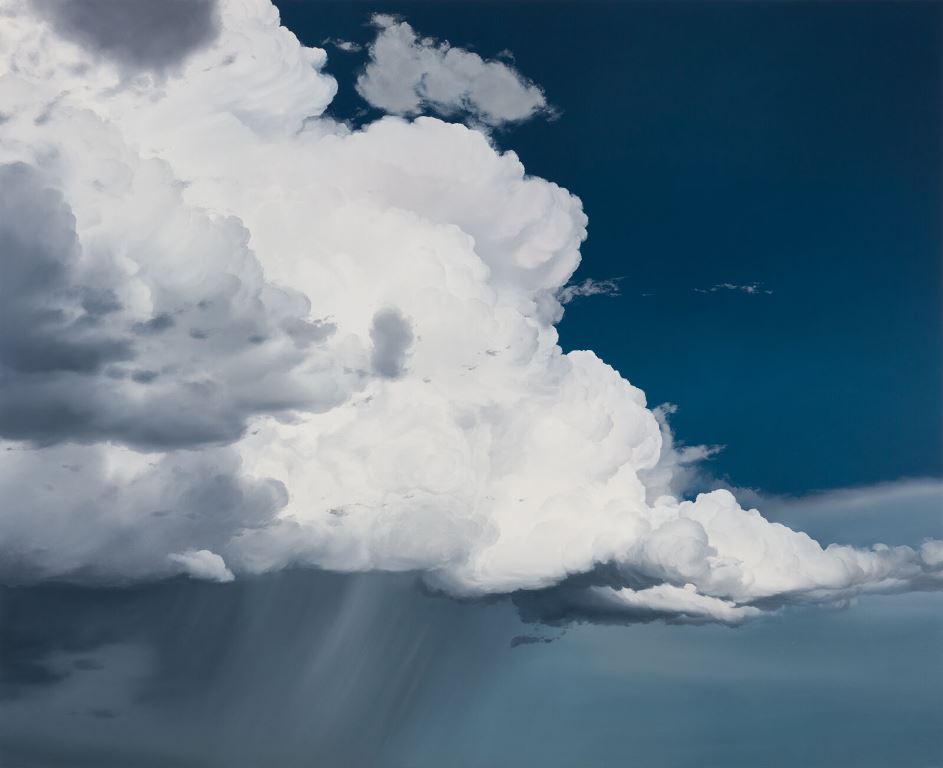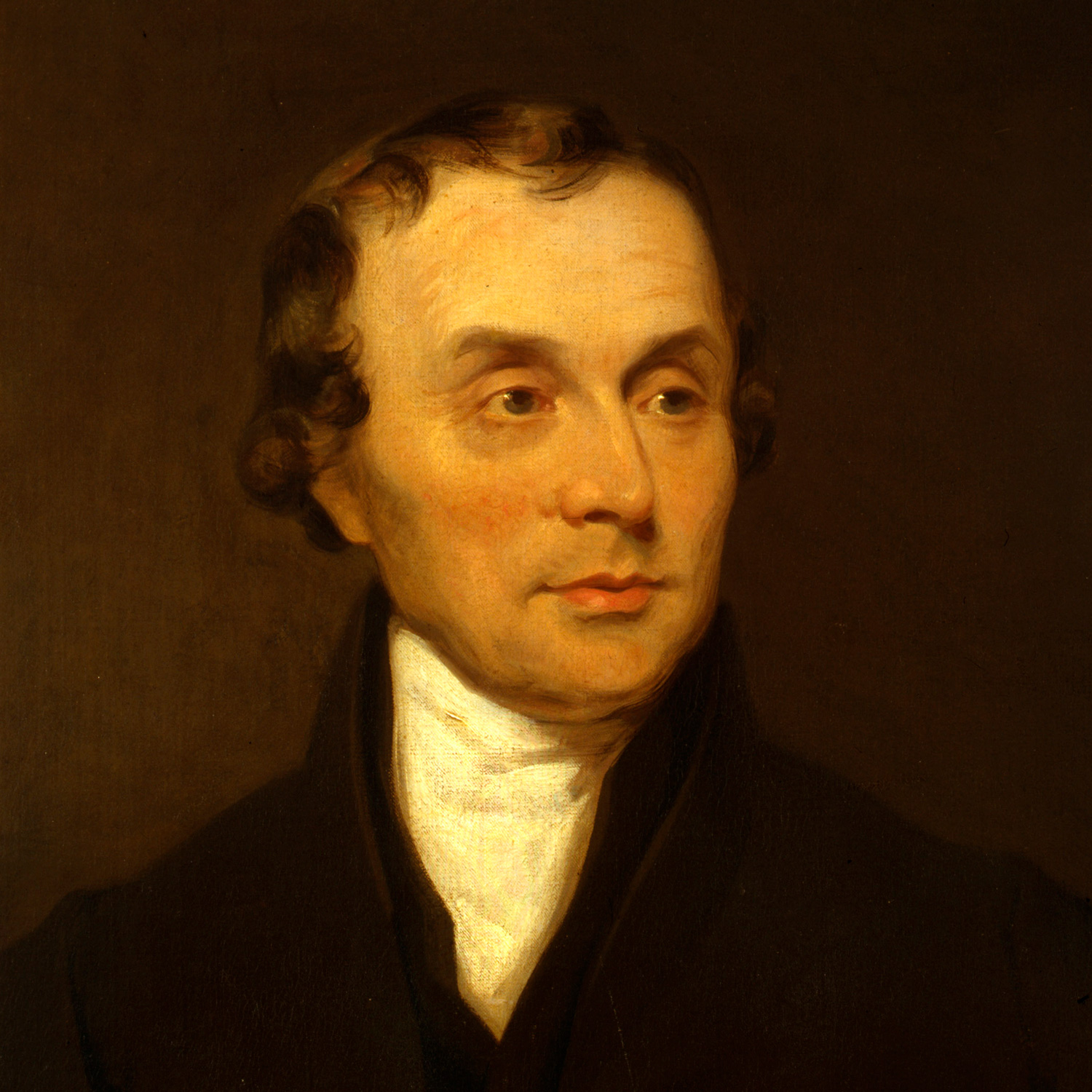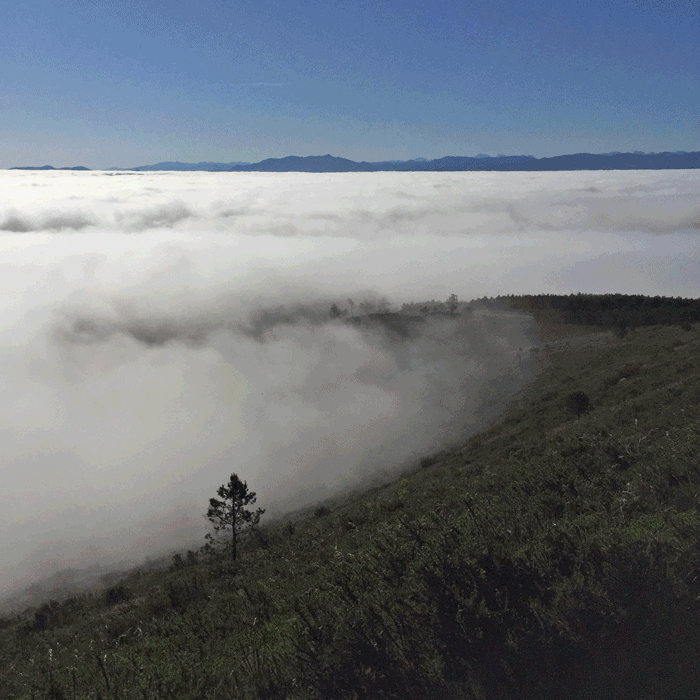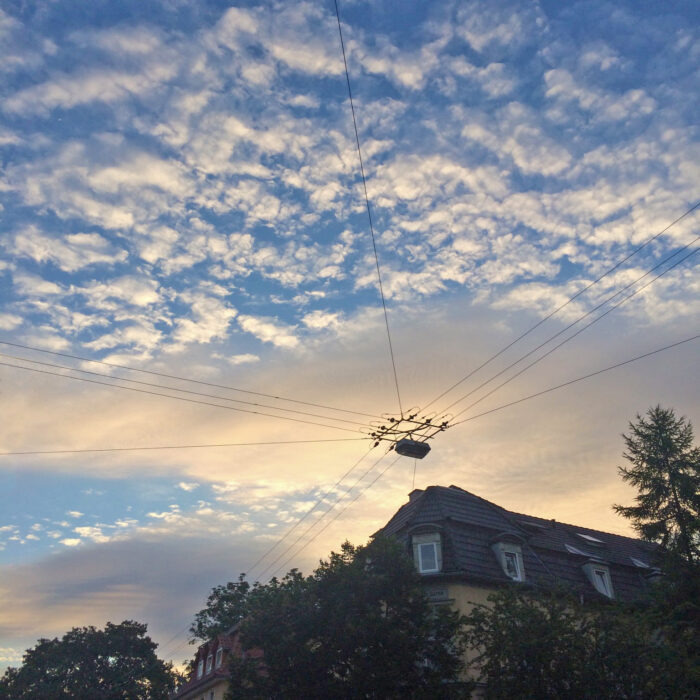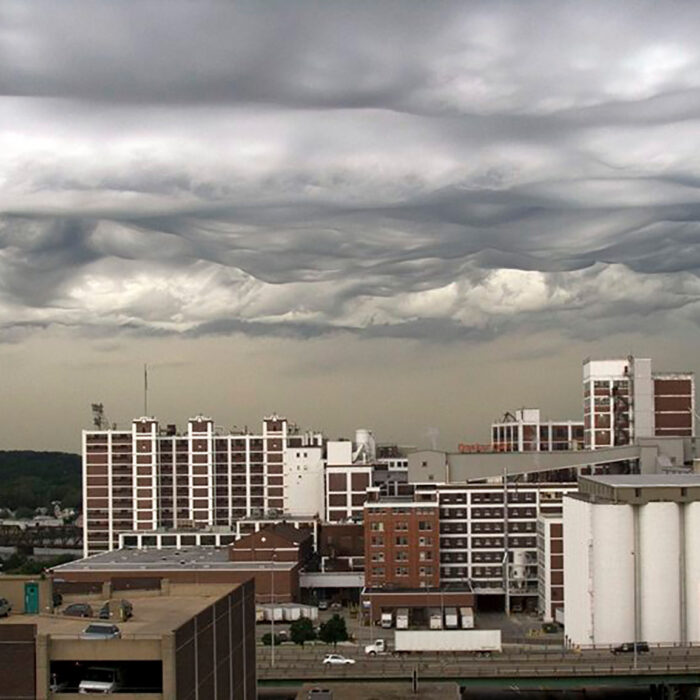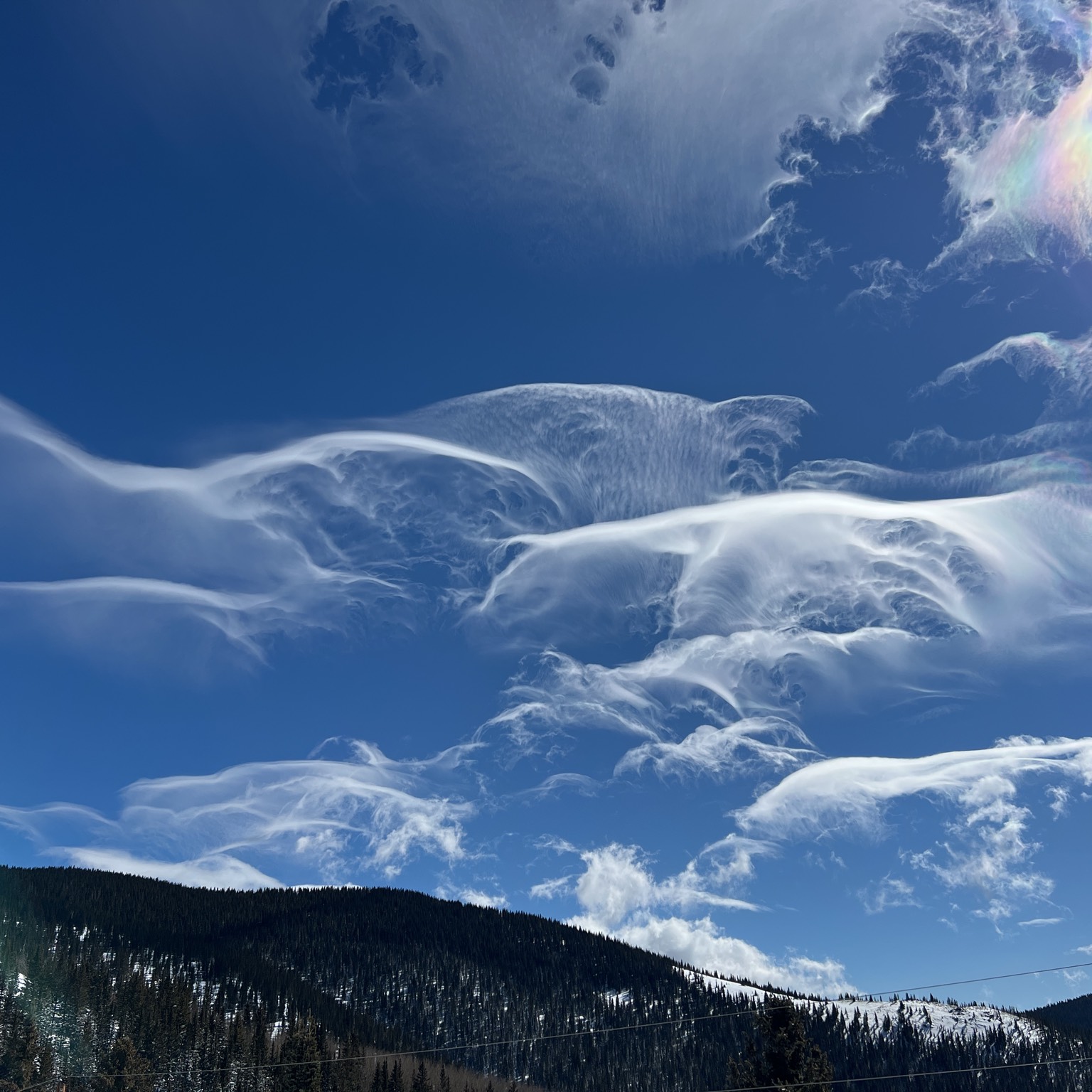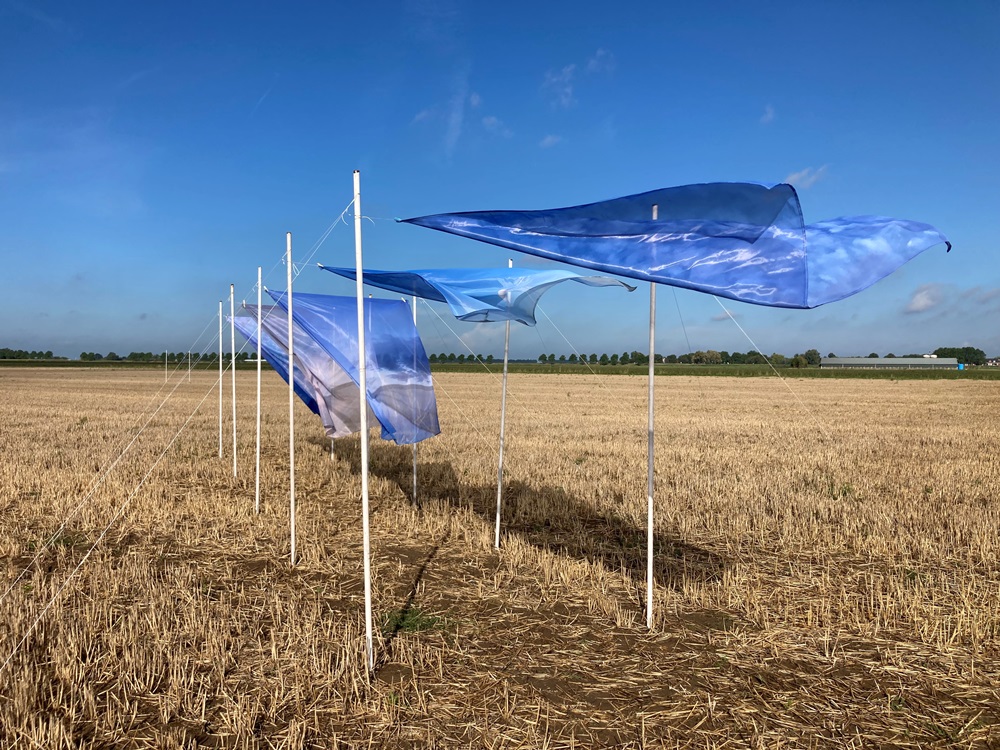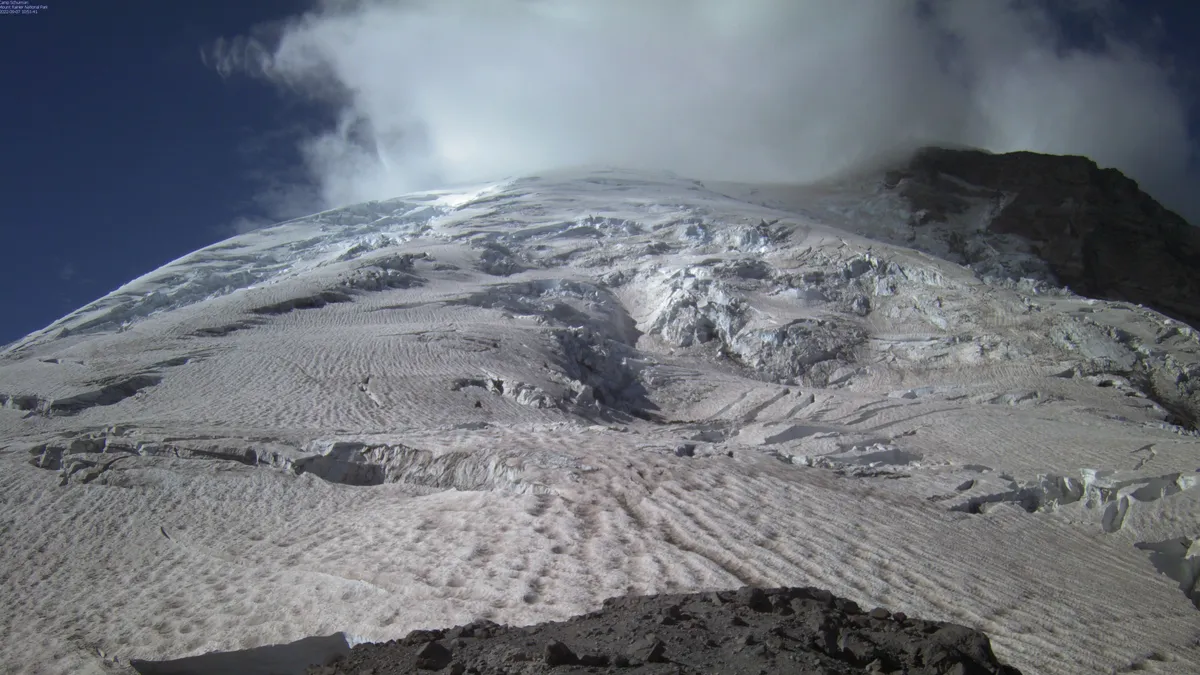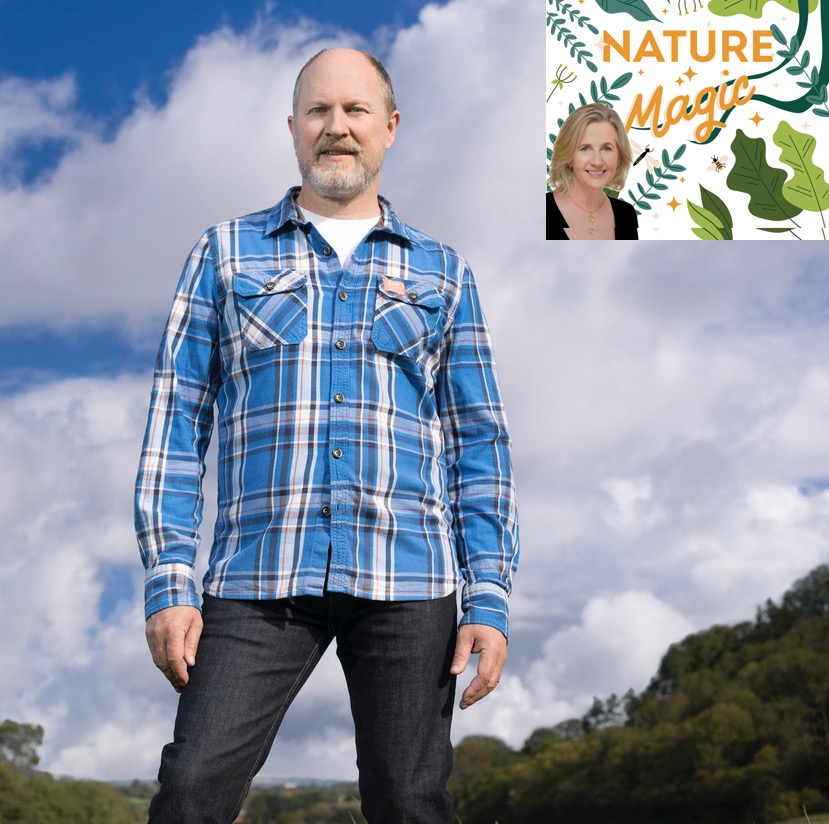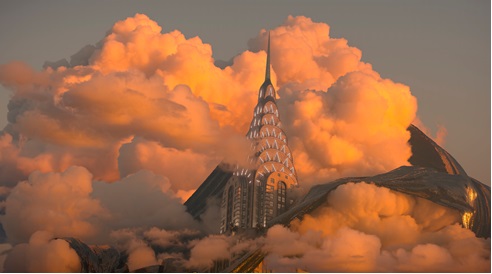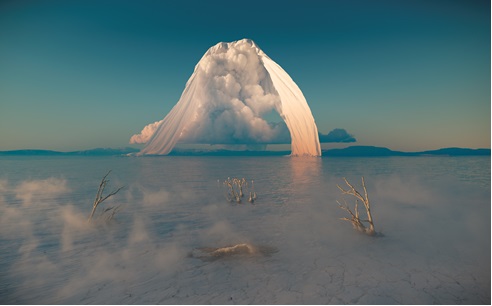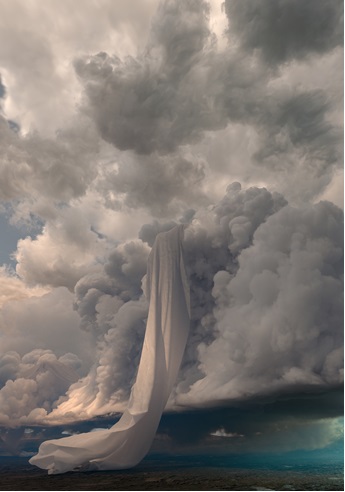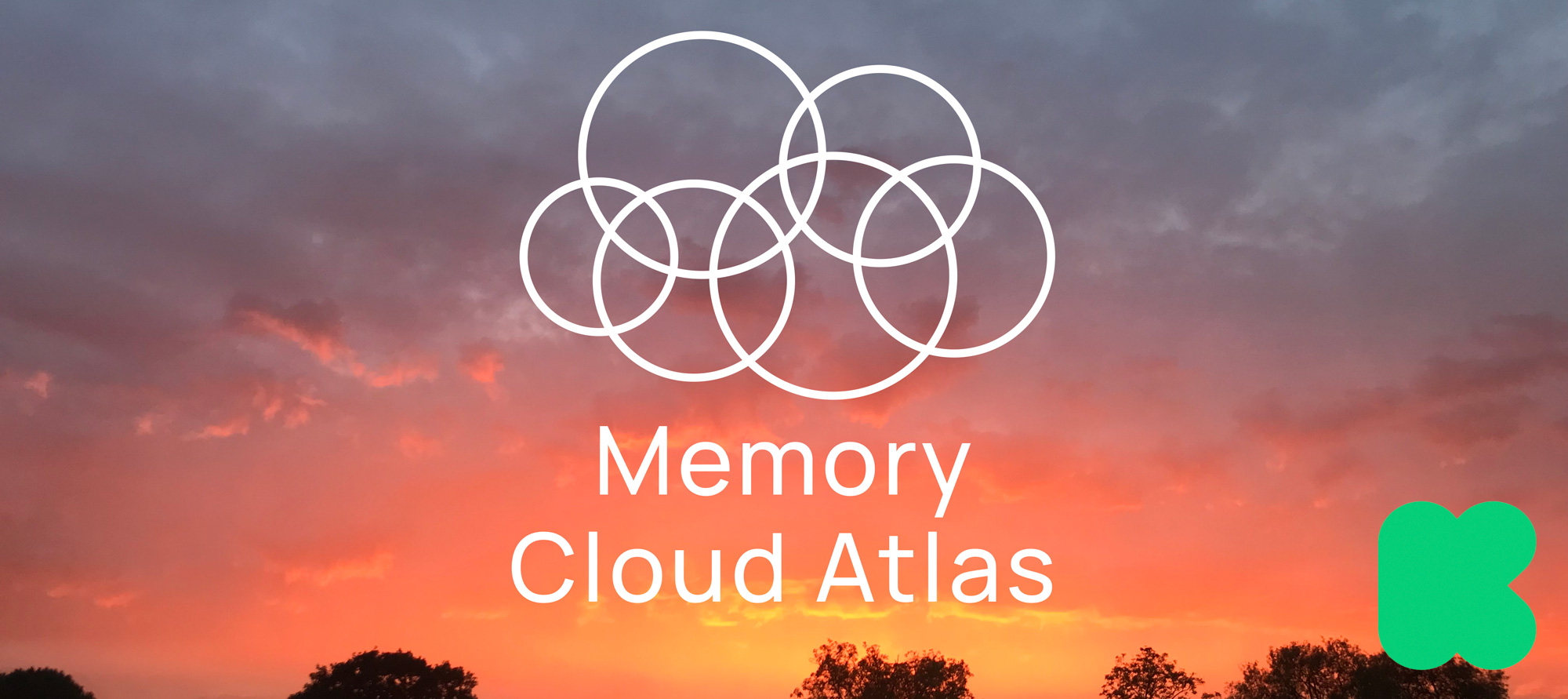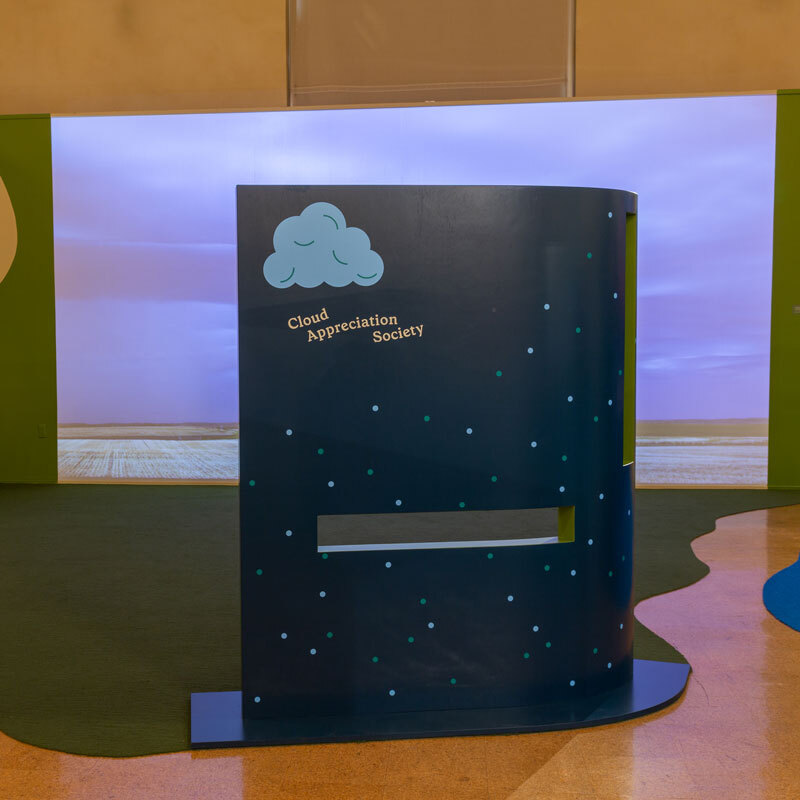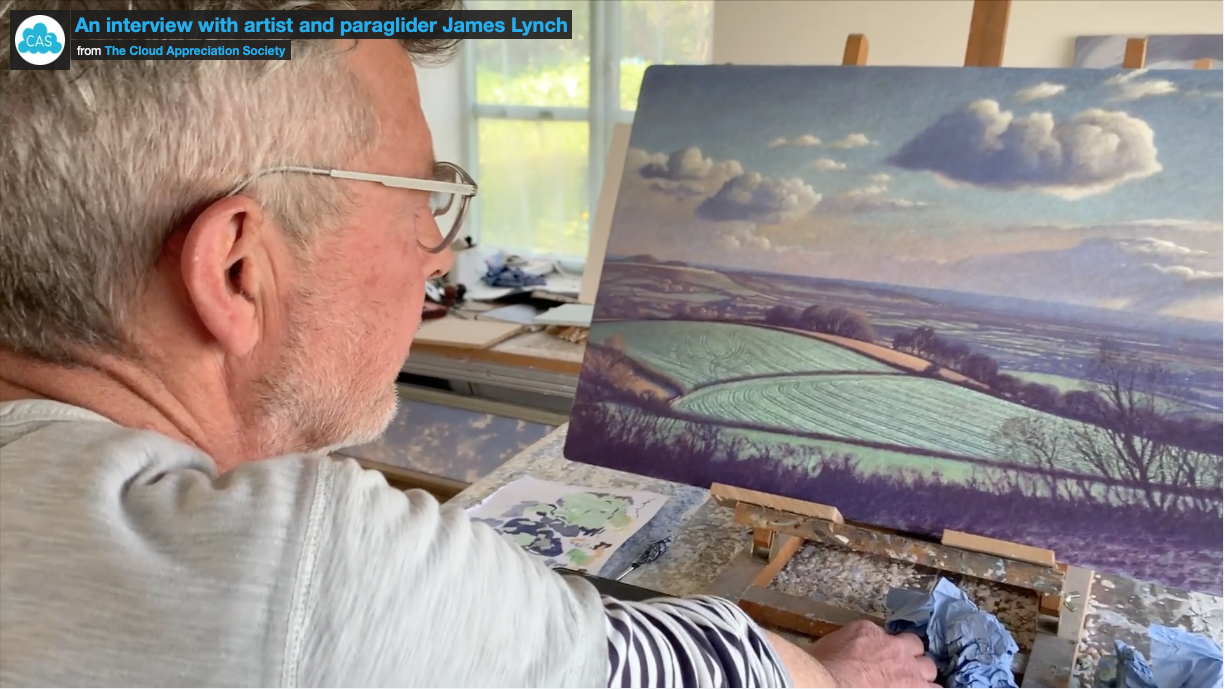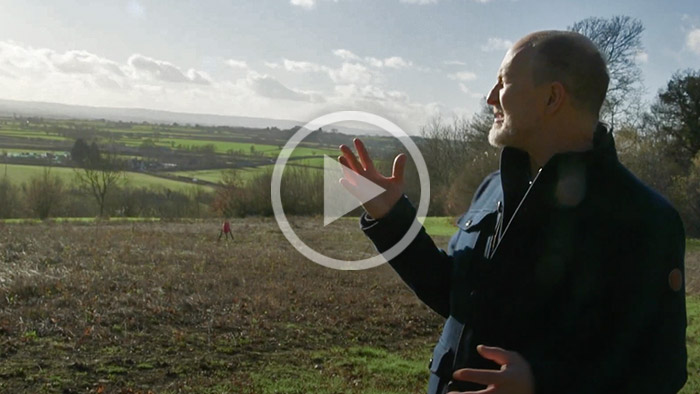A small-scale experiment was recently carried out by a team at the University of Washington to explore a potential tool in the fight against the climate crisis: marine cloud brightening. The idea is that spraying tiny particles of sea salt into marine Stratocumulus clouds – the low, clumpy layer cloud that can form over large bodies of water – might encourage them to form more droplets of smaller sizes and thereby appear brighter by reflecting more sunlight. This, the argument goes, would reflect the Sun’s heat back up into Space, helping to cool the oceans below.
This first experiment of its kind in the US was conducted on the deck of a ship in Alameda, California, where the team sprayed into the air a mist of sea-salt particles to see how their size would be affected by different atmospheric conditions. The crucial aspect for the team is for these sea-salt aerosols to be just the right size to encourage the cloud droplets to form. If the salt crystals are too small, they’d be ineffective; too large, and they could potentially make clouds less reflective rather than more.
The experiment has not been without pushback. Some have argued that projects like marine cloud brightening represent a stopgap measure that would distract from tackling the root causes of climate change. Others have raised concerns about the potential for unexpected side effects were we to try to change the nature of cloud cover over large areas. According to the lead scientist in the project, Dr. Robert Wood, another decade of testing and trials would likely be needed before marine cloud brightening is even something that could be implemented at any scale.
The next phase of this experiment is for the team to start to quantify any effects the particles of sea salt have on cloud reflectivity out in the open ocean.
To read more about this test, and marine cloud brightening in general, here is an article by The New York Times and another by the University of Washington itself outlining further details.



